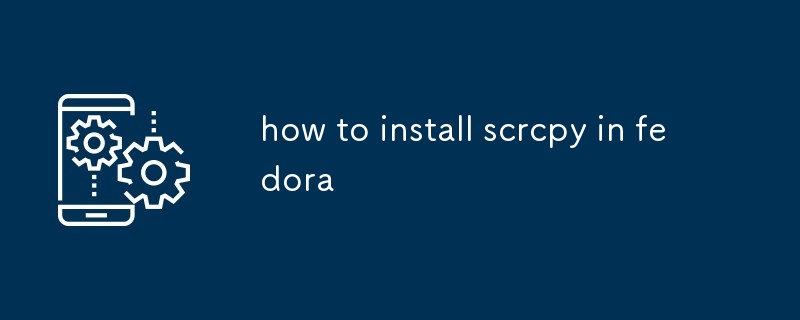
This article provides a step-by-step guide on how to install and run scrcpy, a command-line tool used to mirror and control an Android device over USB, on a Fedora operating system.

How to install scrcpy in fedora
Scrcpy is a command-line tool that can be used to mirror and control an Android device over USB. It can be installed on Fedora using the following steps:
<code>$ sudo dnf install https://dl.fedoraproject.org/pub/epel/epel-release-latest-8.noarch.rpm</code>
<code>$ sudo dnf install scrcpy</code>
How do I run scrcpy on Fedora?
To run scrcpy, connect your Android device to your computer using a USB cable. Then, open a terminal and type the following command:
<code>$ scrcpy</code>
This will start scrcpy and display your Android device's screen on your computer. You can now use your computer's mouse and keyboard to control your Android device.
What are the prerequisites for installing scrcpy on Fedora?
The following are the prerequisites for installing scrcpy on Fedora:
How to ensure scrcpy works properly in Fedora environment?
To ensure scrcpy works properly in a Fedora environment, you should do the following:
The above is the detailed content of how to install scrcpy in fedora. For more information, please follow other related articles on the PHP Chinese website!




